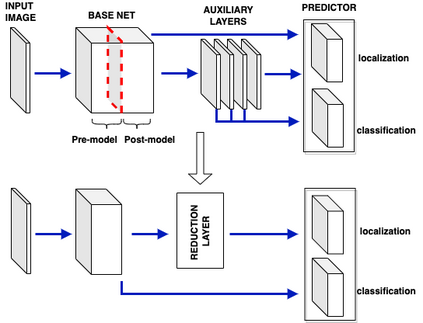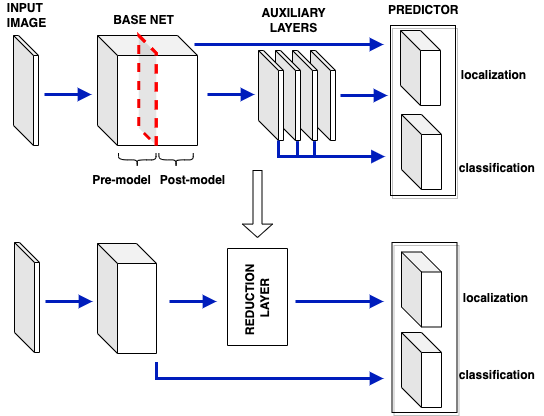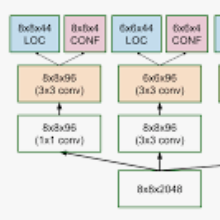As a major breakthrough in artificial intelligence and deep learning, Convolutional Neural Networks have achieved an impressive success in solving many problems in several fields including computer vision and image processing. Real-time performance, robustness of algorithms and fast training processes remain open problems in these contexts. In addition object recognition and detection are challenging tasks for resource-constrained embedded systems, commonly used in the industrial sector. To overcome these issues, we propose a dimensionality reduction framework based on Proper Orthogonal Decomposition, a classical model order reduction technique, in order to gain a reduction in the number of hyperparameters of the net. We have applied such framework to SSD300 architecture using PASCAL VOC dataset, demonstrating a reduction of the network dimension and a remarkable speedup in the fine-tuning of the network in a transfer learning context.
翻译:作为人工智能和深层学习方面的重大突破,革命神经网络在解决计算机视觉和图像处理等若干领域的许多问题方面取得了令人印象深刻的成功;在这些情况下,实时性能、算法的稳健性和快速培训过程仍然是尚未解决的问题;此外,物体识别和探测是工业部门常用的资源有限的嵌入系统的挑战性任务;为解决这些问题,我们提议了一个以传统模型减少命令技术“正正正正分解”为基础的维度减低框架,以减少网络超分量计的数量;我们利用PASAL VOC数据集对SSD300建筑应用了这种框架,显示网络的尺寸缩小,在转让学习背景下对网络进行微调的速度显著加快。










